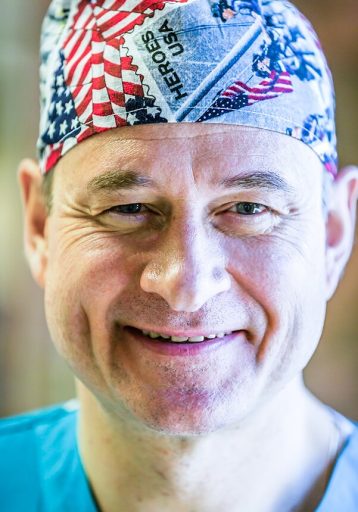The femtosecond laser has been used for cataract procedures starting in 2008. Over the years since, its advantages have been well studied in various aspects.
- Automation of critical surgical steps.
- Incision parameters are strictly controlled (unlike with manual techniques).
- Incision size does not exceed 1.5–2.4 mm.
- Opening of the lens capsule is performed with the highest degree of accuracy, eliminating a number of potential complications.
- A femtosecond laser softens the lens, meaning that a significantly lower ultrasound power is needed for fragmenting the lens into smaller parts. This shortens the lens-removal step and reduces the number of intra- and postoperative complications.
- The operation lasts only 15–20 minutes.
- Two to three hours after surgery, the patient goes home.
- Vision starts to recover very quickly.
- The overall rehabilitation period is short. One week afterward, the patient can return to work (if work does not involve physical activities and lifting heavy objects; otherwise, the patient can return to work after 3 weeks).
Indications for surgical treatment of cataract with laser are the same as for the surgical blade or knife techniques: poor clarity of the lens, blurred vision, poor colour perception, decreased near vision, etc.

You can make an appointment by phone from 8:30 to 19:30 (daily).
Treatment of cataract with a femtosecond laser has some limitations. In many ways, they coincide with the limitations for surgery using ultrasound (phacoemulsification), but differences are also present. These include:
- Certain individual variability of the face and orbital anatomy, such as an excessively narrow and deep palpebral fissure. In these cases, the contact of the laser interface with the eye may be technically complicated or even impossible.
- Very shallow anterior chamber of the eye.
- Insufficiently dilated pupil.
- Central corneal opacities.
- Very loose lens zonules.
The patient is placed on the surgical bed and anaesthetic drops are instilled. For very anxious patients, intravenous sedation is used. After the laser head is docked to the surface of the eye, the two are fixed together with a vacuum. Optical tomography is performed using a laser system, which determines the eye’s topography parameters. Based on these data, laser incisions of the cornea, capsule, and lens nucleus are programmed.
A femtosecond laser then performs cuts of the lens capsule and the lens nucleus. The surgeon controls this process via the laser system screen. An aspiration-irrigation tip is then inserted into the anterior chamber of the eye, and the fragmented lens is removed. With a very dense nucleus, a small amount of additional ultrasound energy is used to destroy the lens, producing an emulsion that is then removed through the irrigation-aspiration tip. An intraocular lens (artificial lens) is injected inside the eye and the wound is sealed.
The choice between ultrasound and femtosecond laser as the method of cataract surgery is based on the judgment of the surgeon. The photo demonstrates how the surgeon controls the femtosecond laser procedure, using the laser system monitor.



